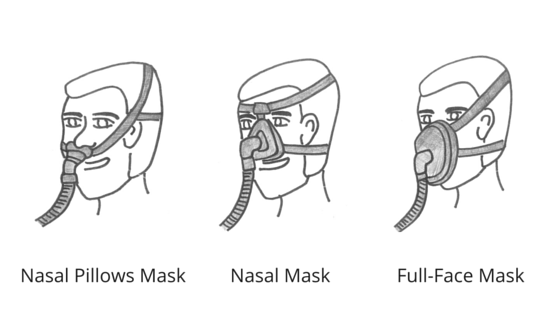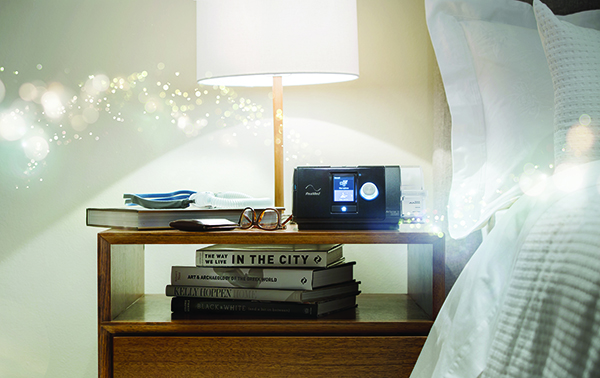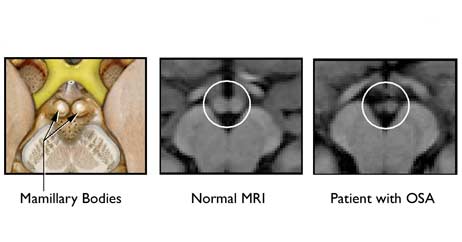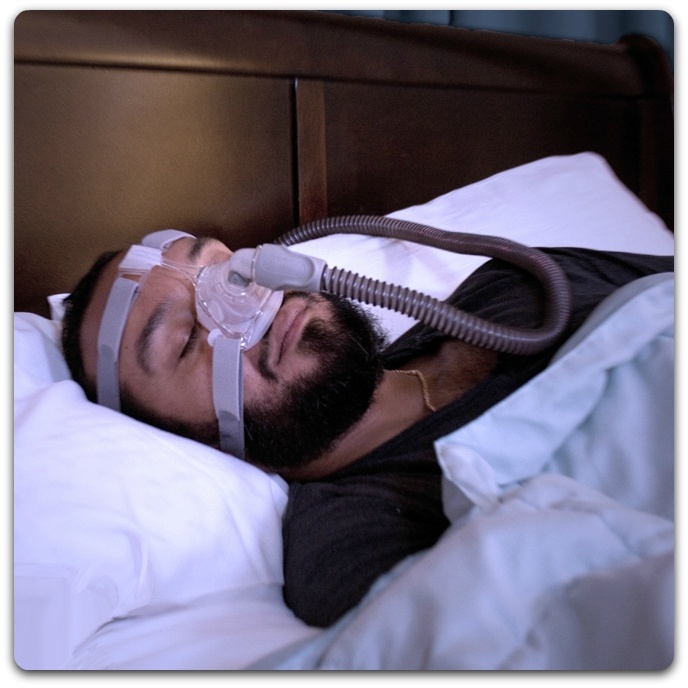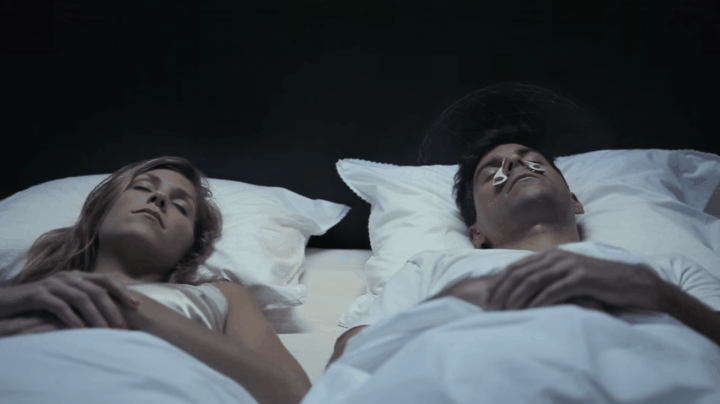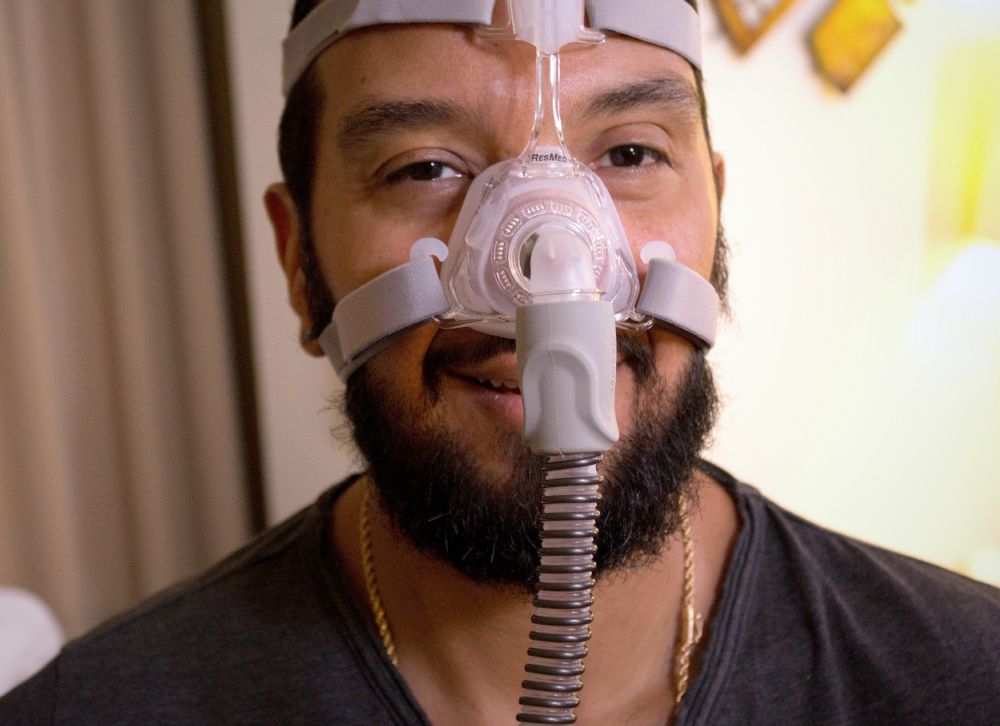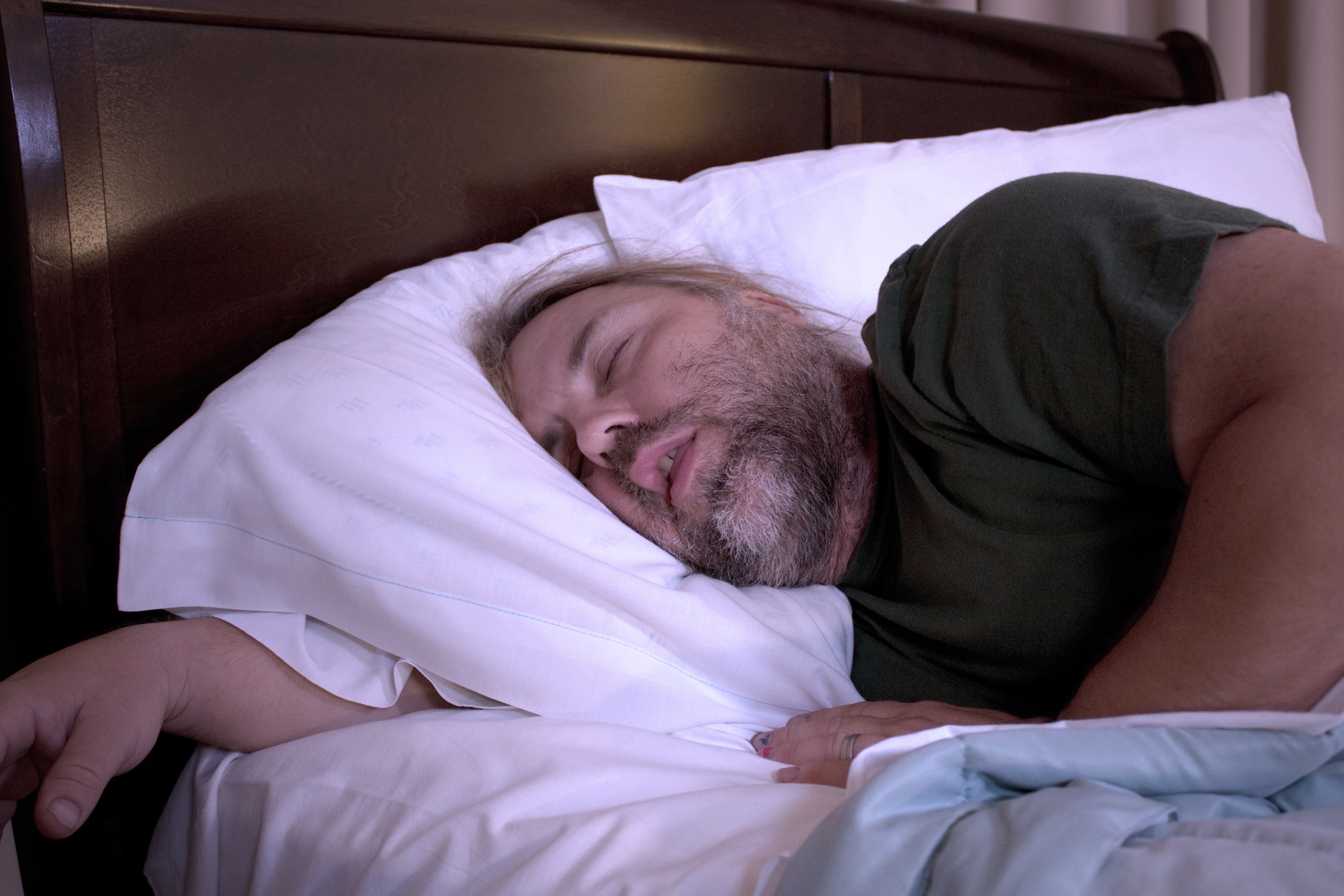One of the most obvious and important parts of the entire CPAP rigmarole is finding the right mask. In fact, finding a mask that is comfortable and has a good seal may make a huge difference in how likely you are to succeed with CPAP therapy. Here’s a short and sweet explanation of the different types of CPAP masks.
What is the Difference Between Nasal, Nasal Pillows and Full Face CPAP Masks?
Posted by Julia Steele Rodriguez
May 19, 2016 7:00:00 AM
Topics: CPAP Treatment, CPAP Supplies
What is the Difference Between a Disposable CPAP Filter and a Non-Disposable or Reusable CPAP Filter?
Posted by Julia Steele Rodriguez
May 17, 2016 7:00:00 AM
All PAP machines (CPAPS, bi-level or BiPAP, auto-sets, etc.) use a filter to clean the ambient air (fancy way of saying regular room air) before it is blown through the tubing and into your airway. Replacing the filter is the only type of maintenance that needs to be performed on your CPAP machine (not including the humidifier) .
Filters, like mask cushions and tubing, should be replaced regularly to ensure optimal usage and comfort. Just like the filter for your home air-conditioning or your vacuum cleaner, the filter will get dirty with use. Environmental factors can affect how regularly you need to change your filter. If you smoke or have pets that shed a lot, your filter may get dirtier faster.
Each machine may require a different size of filter. On the newest ResMed AirSense 10 CPAP unit, the filter is located at the left side under a plastic flap that looks like a grate (see picture).
Learn more about the different types of filters and which one is best for you.
Topics: CPAP Treatment, CPAP Supplies
How Often Should You Replace Your CPAP Supplies?
Posted by Julia Steele Rodriguez
Apr 12, 2016 12:03:15 PM
Your CPAP’s accessory equipment is a lot like other frequently used health products, such as your toothbrush or a razor: it deteriorates, ceases to function optimally, and can get germy and unsanitary.
Just like you wouldn’t use the same toothbrush for months on end, it’s important to replace your CPAP equipment to make sure that your machine is as clean, effective, and comfortable as possible. However, unlike a toothbrush, the CPAP equipment may not look worn even though it needs to be replaced. That's why it's important to change your equipment following a schedule.
In this post we'll review the following components of your CPAP that should be replaced an how often you should replace them:
- Mask
- Cushions/pillows
- Headgear/chinstrap
- Filters
- Tubing
- Water chamber
- CPAP device
Topics: CPAP Treatment, CPAP Supplies
Will my Insurance Cover CPAP? Frequently Asked Questions About Coverage
Posted by Julia Steele Rodriguez
Apr 12, 2016 7:00:00 AM
If you have a diagnosis of sleep apnea, your insurance company will probably cover the cost of your CPAP or bi-level PAP device; however, coverage varies from plan to plan and so do authorization requirements.
Read more about insurance coverage below. We'll answer the basic questions, like what will I have to pay?, rental vs. purchase and some of the more technical questions, like what are the codes?
Topics: Health Insurance, CPAP Treatment
You’ve probably heard about the physical side effects of sleep apnea, like high blood pressure, heart disease, and diabetes. But obstructive sleep apnea (OSA) can take as big a toll on the brain as it does on the heart. Changes in brain matter and damage to neurons caused by sleep deprivation can lead to memory loss and other complications. Recent studies have shown that sleep apnea also changes the levels of neurotransmitters in the brain. What does this mean? The good news is, this damage may be reversible.
Topics: Sleep Apnea, Treating Sleep Apnea, CPAP Treatment
Sleep Apnea Patients Must Show PAP Compliance Before Device Purchase or Resupply
Posted by Julia Steele Rodriguez
Jan 27, 2016 6:00:00 AM
If you've received a new PAP device to treat your sleep apnea in the past 12-18 months, you likely have a device that can be enabled to wireless transmit your usage data to your smartphone, your physician, your medical equipment provider and even your health insurance company.
Why? How? What does this mean for patients and their privacy? What are the benefits for patients and their healthcare providers?
Topics: Health Insurance, Economics of Sleep Medicine, CPAP Treatment
Sleep disorders, such as snoring and apnea, are more than just a nuisance - they can be related to many health risks. This is why effective and timely treatment is vital. Constant Positive Airway Pressure (CPAP) still remains the most successful treatment for sleep apnea. While patients often complain about its inconvenience, it helps them breathe through the night and get the rest they need.
The good news is that with the year 2016 fast approaching, the technology of sleep aid does not stand still either. Our hope is that technological advances will help eliminate the discomfort of using CPAP masks, while keeping the benefits of the therapy.
Today we would like to highlight some of the revolutionary sleep aid gadgets to be released in the near future. As always, it is important to consult a doctor before starting or switching to a new treatment. With physician's approval, these inventions could significantly improve the lives of people with sleep disorders.
Silent Partner – tackling snoring from a new angle.
Snoring can be caused by a range of factors, from temporary, such as a sinus infection or alcohol consumption, to more serious issue such as sleep apnea.
Always remember to consult your doctor about your sleep issues. If you are certain that your snoring bears no futher health risks other than what your sleepy and angry partner could do to you in your sleep, Silent Partner is the solution for you.
Image from http://www.silent-partner.co
Topics: Sleep Disorders, Sleep Apnea, CPAP Treatment
Is CPAP Forever? The Future of Sleep Apnea Treatment
Posted by Julia Steele Rodriguez
Nov 14, 2015 8:00:00 AM
Many patients find the idea of having to wear a mask to sleep every night to be daunting. Fortunately, the field of sleep medicine is changing quickly, in ways that are making treatment more accessible, convenient, and patient-friendly. Most excitingly, better and more comfortable treatment options are being developed that could replace CPAP entirely--even as soon as the next couple years.
Topics: Sleep Apnea, Treating Sleep Apnea, Sleep and Society, CPAP Treatment
Study shows treating sleep apnea lowers risk of cardiovascular death in men
Posted by Lidia Lyssenko
Oct 19, 2015 8:00:00 AM
Research shows that men treated with continuous positive airway pressure (CPAP) for obstructive sleep apnea-hypopnea are at a much lower risk for both fatal and non-fatal cardiovascular events than their untreated peers.
Endpoints [of the study] were fatal cardiovascular events (death from myocardial infarction or stroke) and non-fatal cardiovascular events (non-fatal myocardial infarction, non-fatal stroke, coronary artery bypass surgery, and percutaneous transluminal coronary angiography).
Who participated in the study and how were they monitored?
The research, conducted over the course of ten years, observed:
- 264 healthy men
- 377 simple snorers
- 403 men with untreated mild-moderate obstructive sleep apnea-hypopnea
- 235 men with untreated severe disease
- 372 men with the disease and treated with CPAP.
Topics: Sleep Apnea, CPAP Treatment
How has your life changed since your sleep apnea diagnosis? Share your success story!
Posted by Julia Steele Rodriguez
Sep 30, 2015 5:17:48 PM
Sleep studies aren't fun. PAP therapy isn't easy. But they are means to an end: a good night's sleep. Millions of Americans are suffering from sleep disorders but don't or won't get tested. If your life has changed since you've started treating your sleep disorder, we want to hear about it! We will feature selected stories in upcoming blog posts to help others get a good night's sleep too.
Topics: Sleep Apnea, CPAP Treatment

